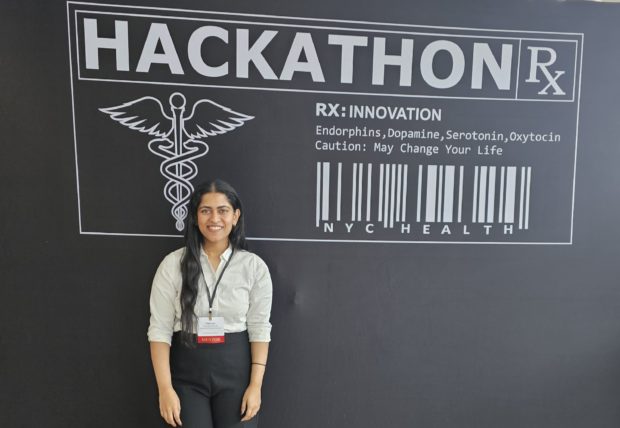Design and technology are an ever-evolving dynamic terrain. Today AI-enabled designing and creation of products are brewing but lack a user-centric touch, be it content generation or generative design. With a solid background in product design, a major in
Human-Computer Interaction (HCI) and a minor in Business Strategy. Tapasya Kothapally has played a major role in developing disruptive platforms and products across some pretty complex industries. We will try to get a brief perspective of the techniques, algorithms and methods that she implements to succeed.
Having a Master’s in Information Science from Cornell University, Tapasya has integrated the latest technologies with human-centric design principles. One of the major challenges she thinks is to break the stereotypes of stakeholders who lack or have limited understanding of customer-centric products and the longevity value of the same. In her opinion, the best way to solve this would be a scientific and rational approach. By citing data and running pilots of quantitative and qualitative user research on initial hypotheses to validate or invalidate their line of solutions. For example, she once A/B tested a ‘path to payment’ for a D2C App where the stakeholders had initially assumed to show the path to payment only when the customer exhibited interest as opposed to otherwise. Needless to say, the A/B test really invalidated their thinking to bring forth the shortest path to payment strategy.

0-1 Product Creation Algorithm
Tapasya’s expertise in crafting strategies for and innovating 0-1 products is a significant advantage. Her ability to conceptualize, design and launch novel products from scratch is of great value in today’s fast-paced, competitive and complex market. She says the method or algorithm for 0-1 innovation would be to apply a first principles approach to product design and creation. So the first step would obviously be cutting down on constraints and requirements set by stakeholders as mentioned earlier. To figure out whether the assumptions made about how the product should be are correct or not? Once you validate your requirements only then you move on to the second step of building and optimising it. This would save a lot of time and resources, accelerating product development and minimising waste.
Using this approach she has executed some remarkable and complex projects. Such as Creating a super app ecosystem to disrupt generic manual processes of an airport company for its ground handling services. Her method has also helped her help the unbanked in Latin America by conceptualising a digital wallet as a better solution to bring people online. She also devised a D2C strategy for a leading South Asian OEM that was aiming to go directly to customers by optimising the O2O (Online-to-Offline) strategy and transforming their digital solution to create the shortest path to payment.
Making AI User-Centric
Tapasya believes that to understand the process you have to understand the real business problem to pave the road to a solution. In this market, with the current user trends, it is important for her to deduce whether the solution is a service redesign, adoption of generative AI or augmenting GTM strategy as opposed to generic face-lift for existing solutions. Her deep expertise in AI-driven design helps her integrate AI into design processes. This is particularly valuable as industries increasingly seek to leverage AI for innovation. Her comprehensive approach to product strategy and user experience vision specifically for disruptive products and platforms with a focus on generative AI positions her as a leader in integrating AI into design processes. She even convinced a bank’s MD to adopt a gender-neutral tone for their suite of AI products and chatbots to make it more user-centric.
In conclusion, Tapasya Kothapally’s career shows the power of visionary thinking and technical prowess. She will continue to navigate the complex maze of design and technology with her entrepreneurial spirit and her unique quantitative background.
Members of the editorial and news staff of the Daily Caller were not involved in the creation of this content.


